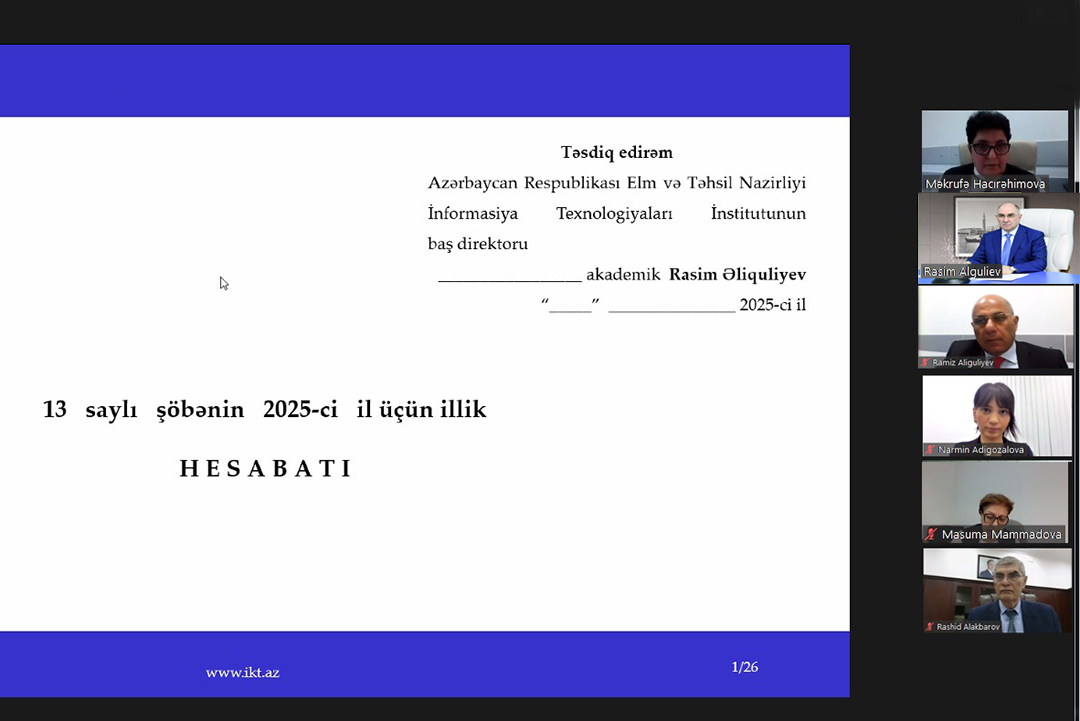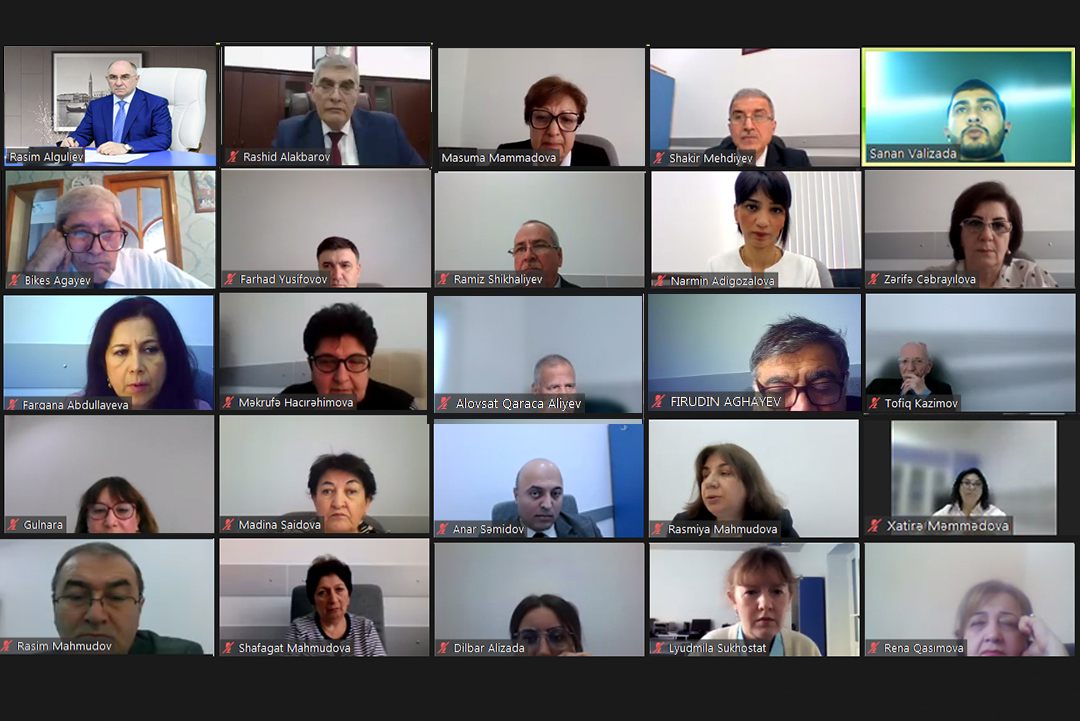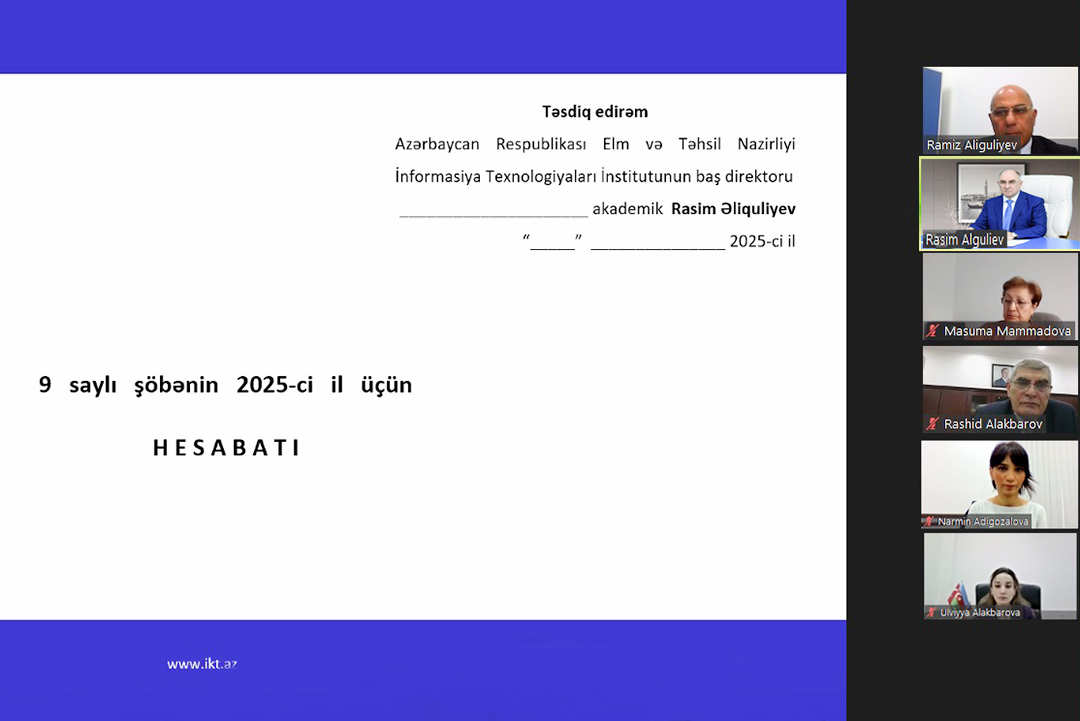NEWS
Turing test developed for humanoid robots
1564730316.jpg)
Realistic androids will appear in the near future. To distinguish them from people, the standard Turing test will not be enough - you must also take into account the appearance and manner of movement, scientists believe.
In 1950, the famous British scientist Alan Turing proposed a test that allows evaluating computer intelligence: if in conversation with a person, someone takes a computer for another person, the test is passed. This technique is still popular with specialists in AI, but some of them are sure that it needs to be improved.
The fact is that the Turing test is designed for an artificial brain, and not for a full-fledged artificial person, notes Conversation. In the 21st century, when more and more realistic androids appear, the need has arisen for a technique that will allow us to distinguish a robot from a human being.
This approach, among other things, will show how well AI is integrated into the human-like body and whether it is possible to create a robot indistinguishable from humans.
The technique consists of four stages, each of which is more difficult than the previous one. First, the android should look realistic in a fixed position; second, move naturally; thirdly, imitate speech perfectly. Finally, in the fourth stage, the artificial intelligence of the robot is evaluated. If the android goes through all four stages, it is indistinguishable from the person.
One of the main problems in the development of androids - the so-called effect of the terrible valley. The multimodal test allows us to evaluate each external line separately, in order to understand which of them is given in the human-like robot machine.
Researchers at the University of Pennsylvania have developed modular robots that can be combined into a single structure. Such devices will be particularly useful in rescue operations and space exploration.






